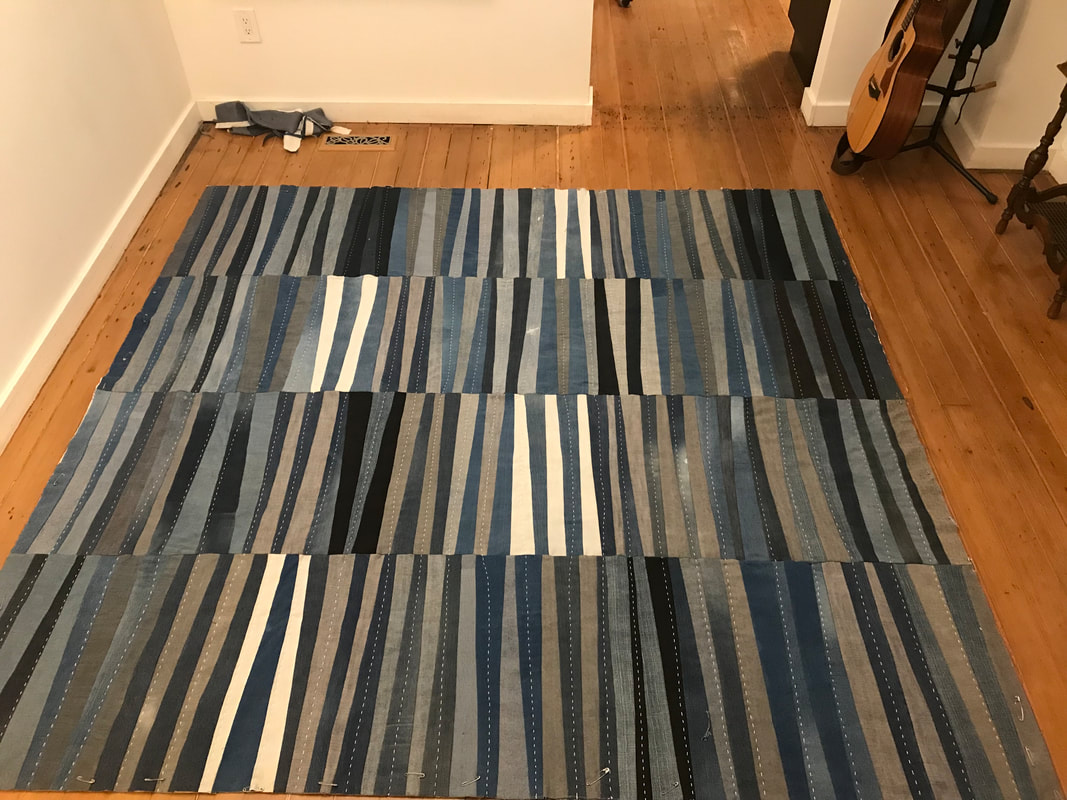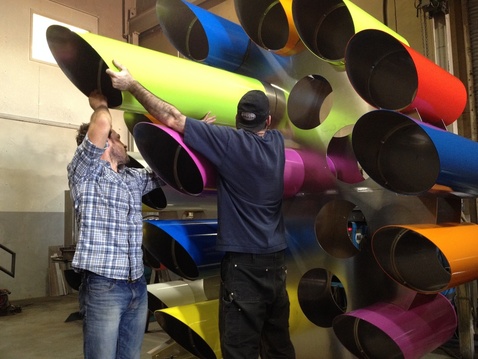 Manaen Senkow (left) and Jordan Thys assemble the sculpture. (Carlyn Yandle photo)
Manaen Senkow (left) and Jordan Thys assemble the sculpture. (Carlyn Yandle photo) My idea is for a giant version of a severed fiber-optic cable — but it should also look vaguely like a thruster-cluster thing. And I'd also like to hint at those giant tunnel borers and massive industrial fans. Somewhere in there.
I don't know where to begin to try to communicate all this to industrial welders so my burly cousin with a lifetime in the forestry industry opens a door and before long I'm thankful to be pitching my idea to Manaen Senkow, of Select Steel, whose grandfather John Senkow built the decorative railings at the historic Minoru Chapel in Richmond as well as other metal fixtures that helped revamp Steveston.
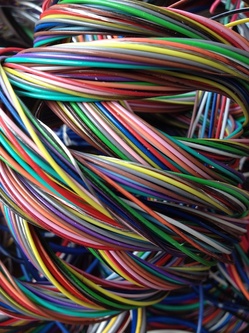 Fiber-optic wire bundles (Carlyn Yandle photo)
Fiber-optic wire bundles (Carlyn Yandle photo) I bring along a snarl of fiber-optic wiring in my purse, like rosary beads.
And Manaen, who I'm told does a lot of sketching and designing himself, says yes. All do-able. Then the long collaborative process begins.
This isn't my first time working with metal fabricators — my last project relied on the welding skills of upcycling specialist Noah Goodis — but this would be a small, potentially pain-in-the-ass job at a bustling shop serving the West's primary industries. It all comes down to having faith that people who work with their hands in all crafts like to innovate and stretch their skills.
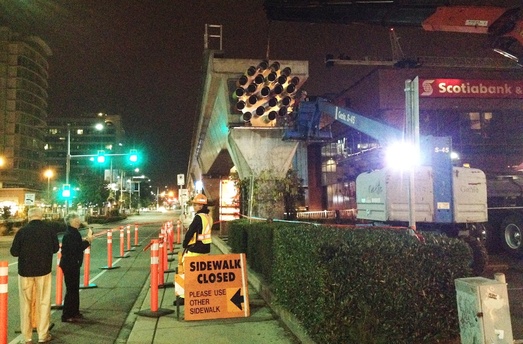 Jeff Morris bolts down Cluster to the last Canada Line column. (Carlyn Yandle photo)
Jeff Morris bolts down Cluster to the last Canada Line column. (Carlyn Yandle photo) He was right. And right on time, too.
My faith in the trades in the collaborative process is confirmed.
City as Site, a survey exhibition of Richmond's public art, continues at Richmond Art Gallery (five minutes' walk from Canada Line's Brighouse Station, now with newly installed Cluster) to Oct. 26. Public art bus tour: Sept. 27, 1:15-3:30 pm, with public art specialist Dr. Cameron Cartiere and special guest artist Andrea Sirois. RSVP required: [email protected] or 604-247-8313.
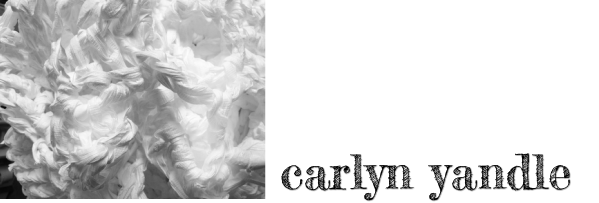
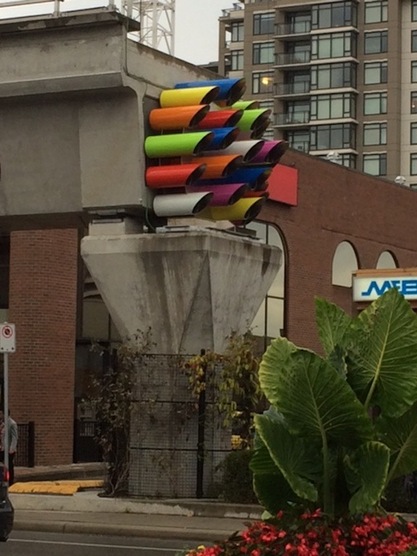
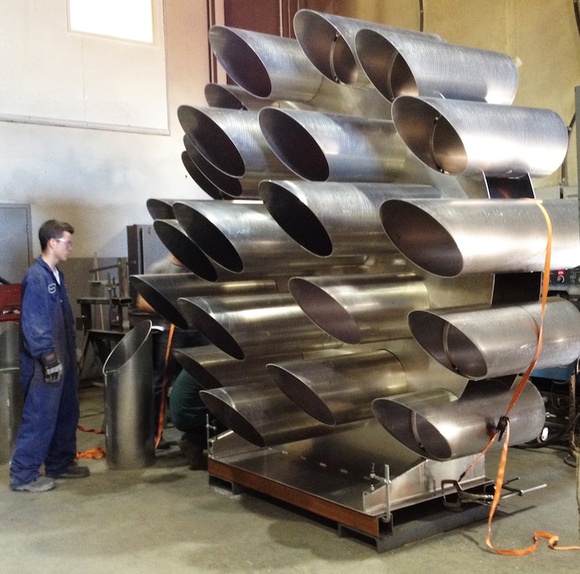
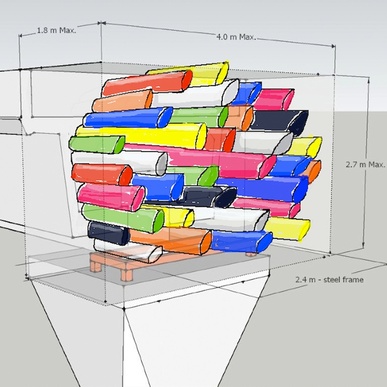
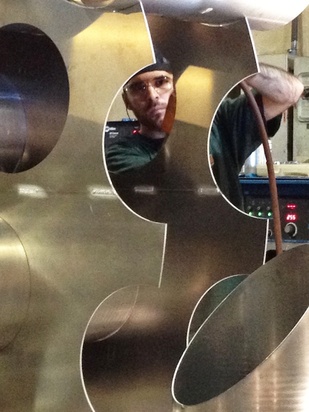
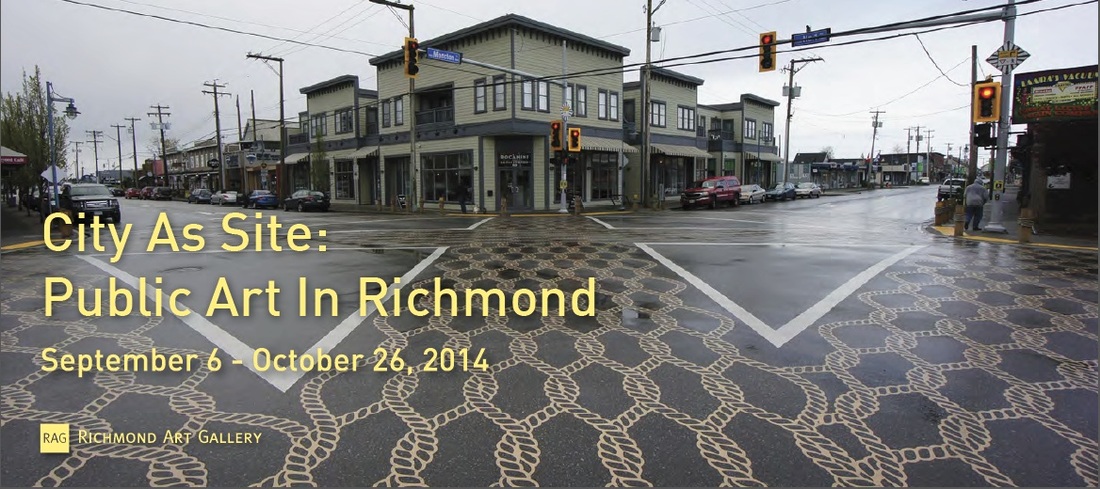
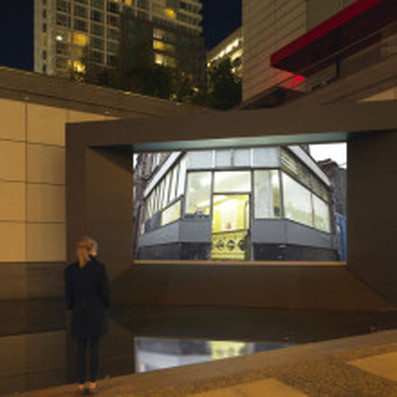
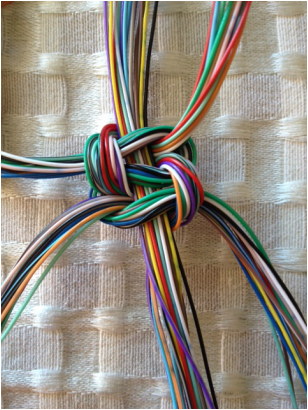
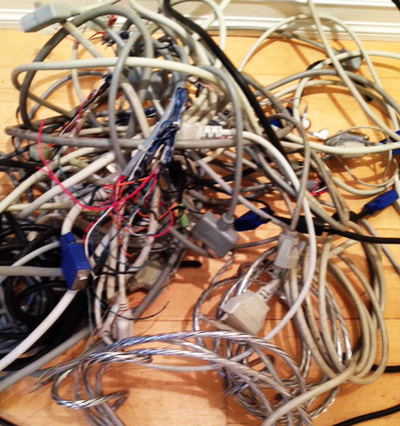
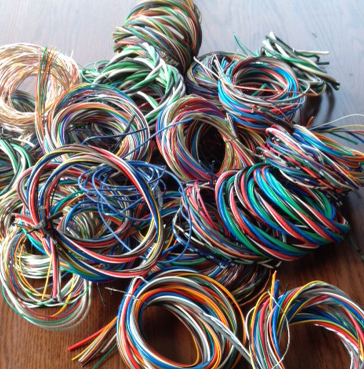
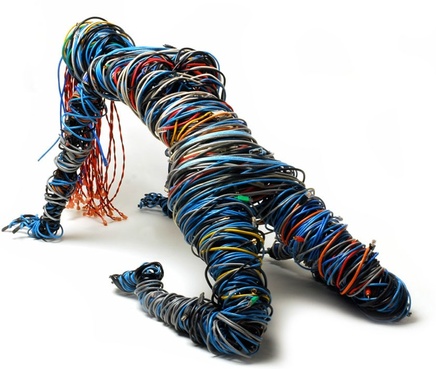
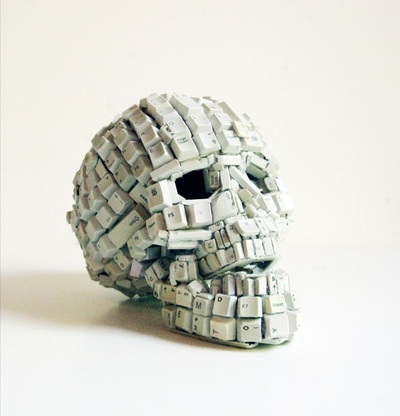
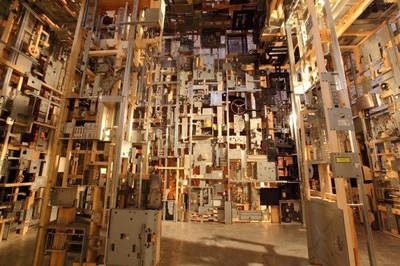
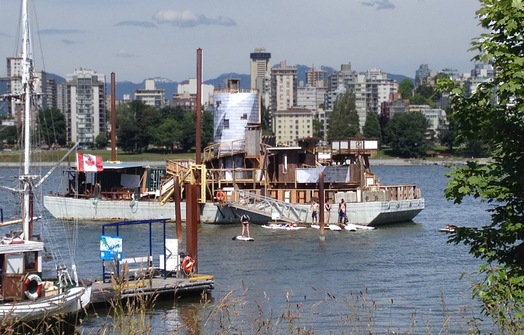
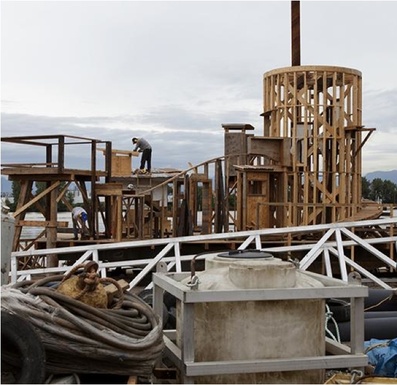
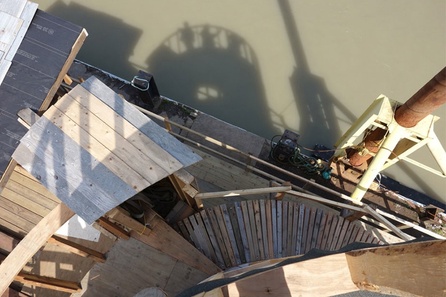
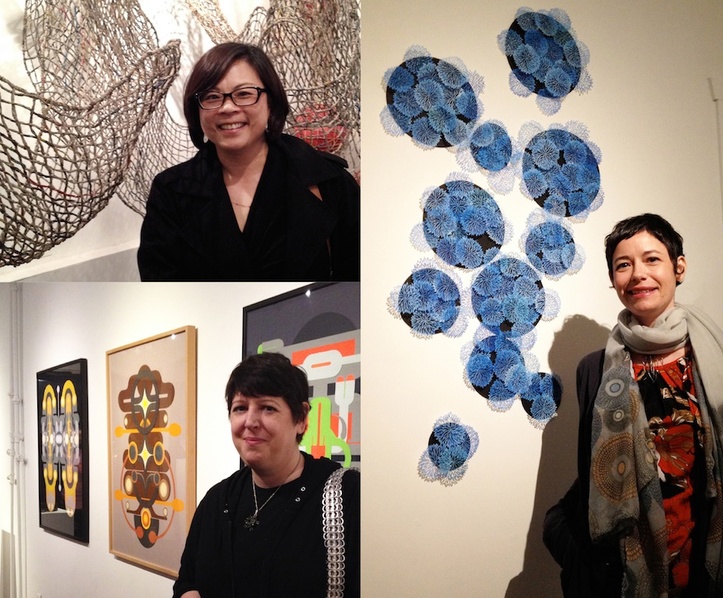
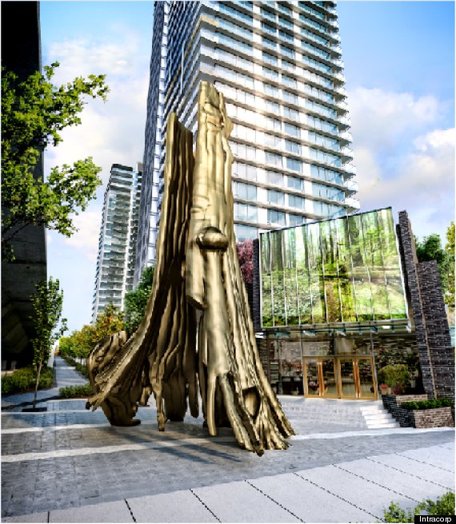
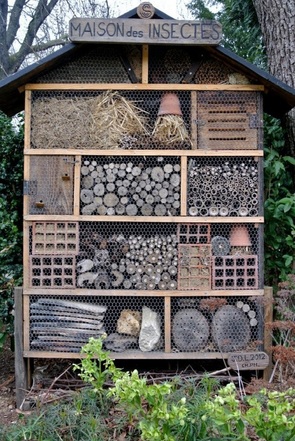
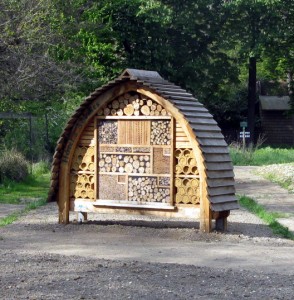
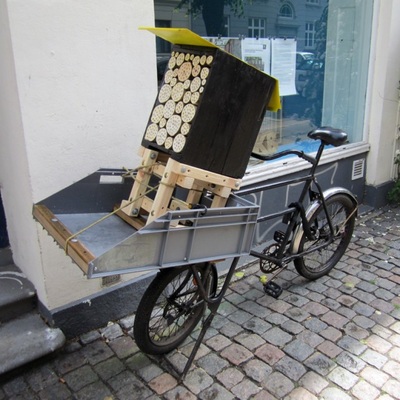
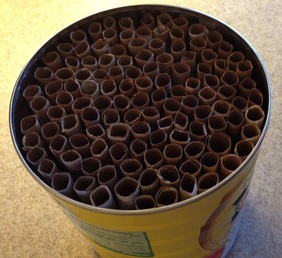
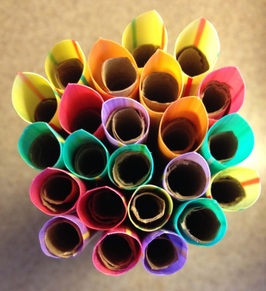
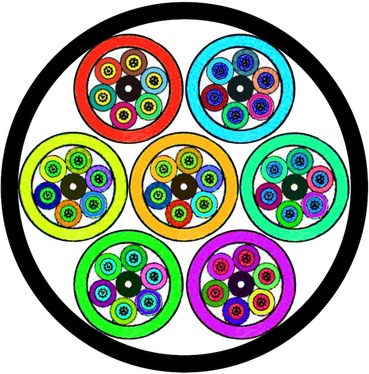
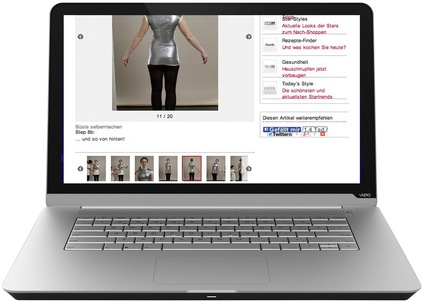
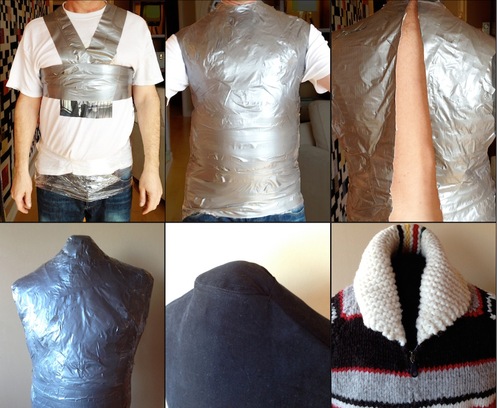
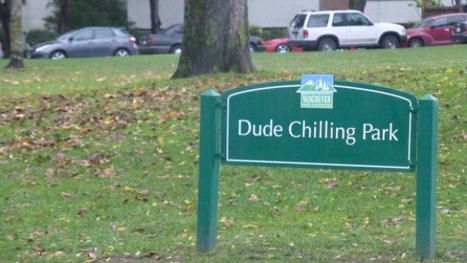
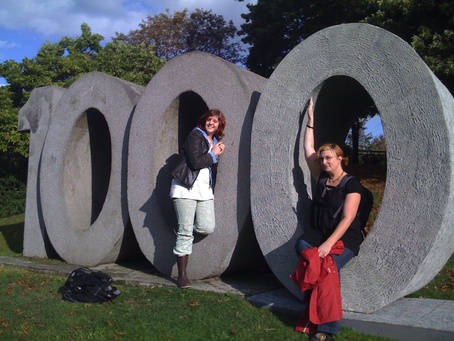
 RSS Feed
RSS Feed

